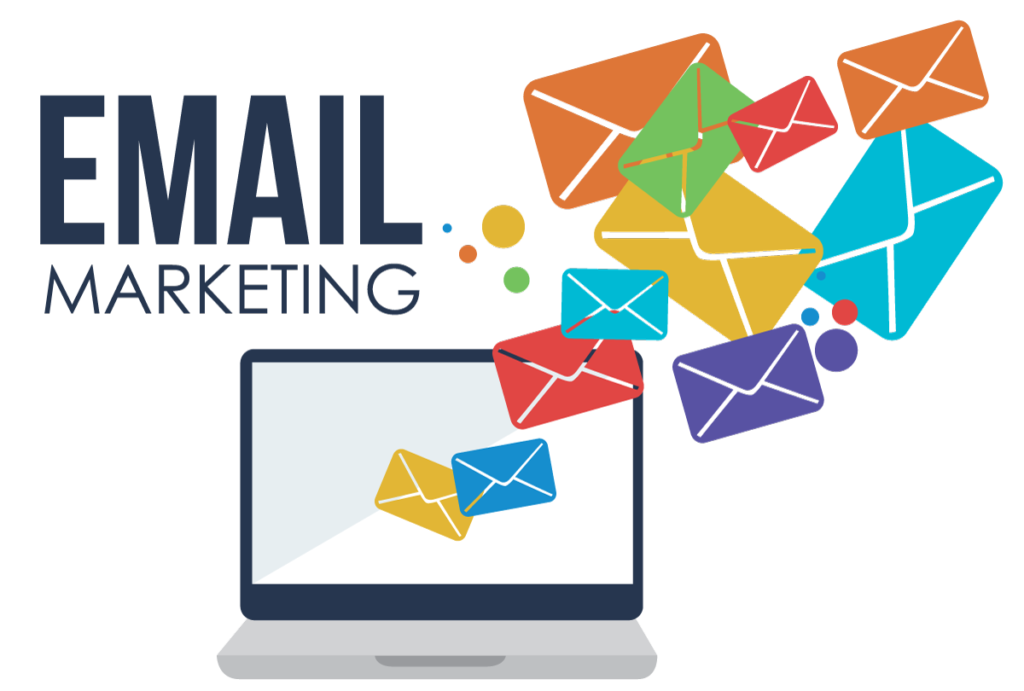Which Is Better for Your Business, Mailchimp or Email Octopus?
“Embarking on a journey into the dynamic realm of digital marketing? Welcome aboard! In today’s interconnected world, where the success of any business hinges on its online presence, email marketing tools have become the cornerstone of effective communication and customer engagement. In this blog series, we dive deep into two leading titans of the email marketing arena: Mailchimp and Email Octopus. Join us as we unravel the intricacies of these platforms, exploring their features, benefits, and unique offerings. Whether you’re a seasoned marketer seeking advanced automation or a small business owner looking for budget-friendly solutions, this series will guide you through the labyrinth of Mailchimp’s sophistication and Email Octopus’s simplicity. Buckle up, fellow marketers, as we embark on a voyage to discover the perfect email marketing solution tailored just for you!” Quick Overview……….. Mailchimp and Email Octopus stand as powerful marketing tools, each with its unique strengths. Mailchimp, a trailblazer in email marketing, offers a user-friendly interface, automation features, and in-depth analytics, making it ideal for businesses of all sizes. Its drag-and-drop editor simplifies campaign creation, ensuring visually appealing emails. On the other hand, Email Octopus distinguishes itself with its affordability and scalability. Targeting small to medium-sized businesses, it delivers high-quality service without breaking the bank. Its simplicity and integration capabilities empower users to seamlessly connect with various platforms. Email Octopus thrives in delivering straightforward, efficient email campaigns that get the job done effectively. Whether you opt for the established Mailchimp or the budget-friendly Email Octopus, both platforms are indispensable assets for modern businesses, helping them foster customer engagement, drive conversions, and establish a strong online presence. Features and AI tools Comparison of Mailchimp vs. Email octopus Mailchimp and Email Octopus are popular email marketing tools, but they have differences in features and AI tools. Mailchimp offers advanced automation, making it easy to create complex email campaigns based on customer behavior. Its user-friendly interface and detailed analytics help businesses track the performance of their emails effectively. Mailchimp also uses AI to give valuable insights, enabling users to make smarter decisions for their campaigns. It provides a wide range of integrations and A/B testing, ensuring personalized and optimized marketing efforts. Email Octopus, on the other hand, is known for its affordability and simplicity. It might not have Mailchimp’s advanced features, but it provides essential automation, ensuring basic tasks are automated efficiently. It focuses on good email deliverability, making sure that emails reach the recipients’ inboxes. While it may not offer as many integrations, it still connects with popular platforms, allowing users to coordinate their email marketing with other tools they use. In summary, if you need advanced features, detailed analytics, and sophisticated automation, Mailchimp is a great choice. However, if you’re a small business looking for a budget-friendly option with straightforward features and decent automation, Email Octopus is a suitable alternative. Consider your specific needs and budget to make the right choice for your email marketing strategy. Comparison of the Pricing Plans for Mailchimp and Email Octopus: Mailchimp: Mailchimp offers a versatile range of pricing options. Its free plan allows businesses to send basic email campaigns to a limited number of subscribers, making it ideal for startups. As your business grows, Mailchimp’s paid plans become relevant. These plans are tiered based on the number of subscribers and the features needed. They include advanced automation, A/B testing, and detailed analytics, providing businesses with comprehensive tools for effective email marketing. Additionally, Mailchimp offers a Pay-As-You-Go model, where users can purchase email credits as needed, catering to fluctuating email marketing demands. Email Octopus: Email Octopus primarily operates on a Pay-As-You-Go model, allowing users to buy email credits and pay per email sent. This flexible approach is excellent for businesses with varying email volumes, offering cost efficiency for specific campaigns. Additionally, Email Octopus provides monthly subscription plans, catering to businesses with consistent email marketing needs. These plans offer a fixed number of emails per month for a set price, providing predictability for businesses with stable email outreach requirements. In summary, while Mailchimp’s diverse plans cater to businesses of all sizes, Email Octopus stands out for its flexible Pay-As-You-Go model and predictable monthly subscriptions, ensuring that businesses can choose a pricing structure that aligns with their specific budget and email marketing demands. It’s crucial for businesses to evaluate their requirements carefully and select the plan that best fits their needs. Integration Comparison of Mailchimp vs. Email octopus Both Mailchimp and Email Octopus offer integration capabilities, allowing businesses to connect their email marketing efforts with various platforms and tools. Here’s a comparison of their integration features: Mailchimp: Mailchimp boasts an extensive array of integrations with third-party apps and services. It seamlessly connects with popular e-commerce platforms like Shopify and WooCommerce, customer relationship management (CRM) software such as Salesforce and HubSpot, and content management systems like WordPress. Mailchimp also integrates with social media platforms, allowing businesses to sync their email marketing with their social media campaigns. Additionally, it offers integrations with analytics tools, enabling users to gather comprehensive data insights for their marketing efforts. Email Octopus: While Email Octopus may not offer as many integrations as Mailchimp, it still provides essential connections to key platforms. It integrates with e-commerce platforms like Shopify and BigCommerce, allowing businesses to synchronize their email marketing with their online stores. Additionally, Email Octopus connects with Zapier, which acts as a bridge to link it with hundreds of other applications. This indirect integration expands Email Octopus’ functionality, enabling users to automate workflows and connect with a broader range of services. In summary, Mailchimp leads in integration options, offering a comprehensive selection of direct connections to various platforms. Email Octopus, while offering fewer direct integrations, compensates through its compatibility with Zapier, ensuring businesses can still extend its functionality and connect with numerous other applications indirectly. When choosing between the two, businesses should consider their existing tech stack and integration requirements to ensure a seamless workflow. Advanced Automation and Workflow Capabilities Comparison Mailchimp vs. Email octopus. Mailchimp Mailchimp shines with its advanced automation features. It
Which Is Better for Your Business, Mailchimp or Email Octopus? Read More »


